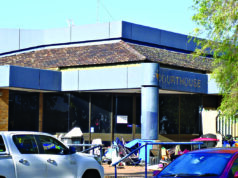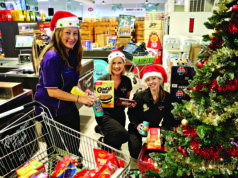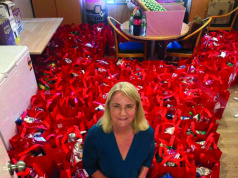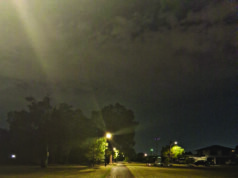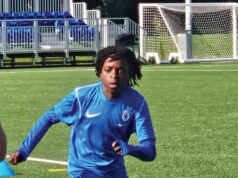One in five families with school-aged children failed to apply for the state government’s Student Assistance Payment.
A total of 392,000 claims were made in term two, with $75 million of the $103 million earmarked for the scheme distributed to families around the state.
The program was marketed as providing cost-of-living crisis support and allowed families to claim $250 for every secondary school student and $150 for primary and kindergarten students, to help with everyday costs.
The payment was not means-tested – a move the opposition called ‘lazy’. So, the only criteria for accessing the payment was enrolment in a WA school.
The obvious question is: why would around 100,000 WA families not want free money?
One of the issues raised early on was the ‘burdensome’ system used to apply for the bonus payments.
“It was a strange decision to gatekeep this funding behind a clunky and unhelpful app, rather than ensuring it is easily and readily available to all households,” Shadow Education Minister Peter Rundle said.
But Minister for Education Tony Buti said his government had tried hard to spread the word about the incentive.
“We have been constantly putting the message out through various forums, we’ve sent out letters to all [school] principals,” he said.
Information about the program was also translated into more than 15 languages for public awareness and the government said support was offered to people who needed help to submit their claims.
He is heralding the 80 percent claim rate as proof of a win.
“For a program of this kind, the strong take up of 80 per cent of eligible school students is an incredible outcome that I know will make a huge difference to WA households,” he said.
The real success of the program should probably be measured by how many of those payments went to families who needed them most of all.
Last week Education Minister Tony Buti released a school-by-school breakdown of the percentage of claims made from the total number of students eligible.
There are a few armchair observations to be made from the statistics; the most obvious being that the further from Perth the schools are, the less likely parents and guardians were to claim.
With 26 out of 40 of the most disadvantaged areas in WA outside Perth, the most vulnerable families in the state appear to be the least likely to have benefited.

And it appears most families from affluent areas took the opportunity to claim their bonus.
While Scotch, Presbyterian Ladies’, and Methodist Ladies’ Colleges, Christ Church Grammar and St Hilda’s attracted markedly fewer claims than the state average, primary schools in Nedlands, Claremont, and Applecross had significantly more.
Another notable point was that families from independent or alternative schools, like Steiner or Montessori, were much less likely to apply for the payment.
A quick glance at our region showed distance and socio-economic advantage did play a part in the statistics from the City of Armadale and the Shire of Serpentine Jarrahdale.
But, in general, there was an above average uptake from parents of school students in both local government areas.
The most outer schools – Serpentine Primary and Eton Farm Primary – attracted the fewest claims.
Whilst two of the closest to the city – Piara Waters Primary and Piara Waters Senior High Schools – attracted nearly the highest rate of claims per capita in the state.
Byford schools also saw a greater-than-average uptake of the bonus payment, with Byford and Piara Waters two of the most heavily mortgaged (and stressed) suburbs in Perth.
The schools with the lowest index of community socio-economic advantage were consistently the ones with the lowest percentage of claims. Except, of course, for Challis Community Primary School which had a remarkable 87 percent of families make the claims they were entitled to.
Families of local high school students were less inclined to claim, which is surprising given there was more incentive to, with a larger bonus at play.



